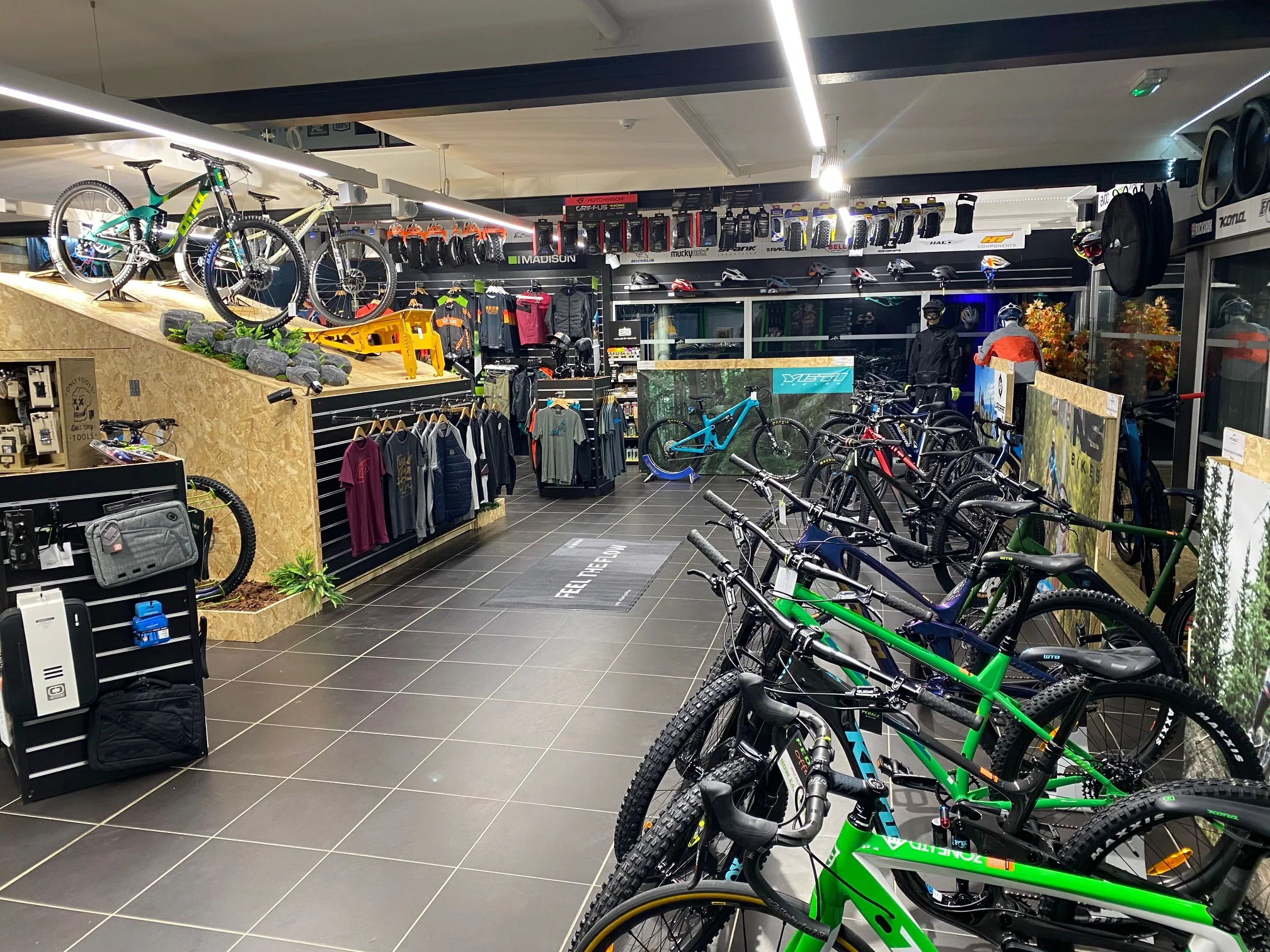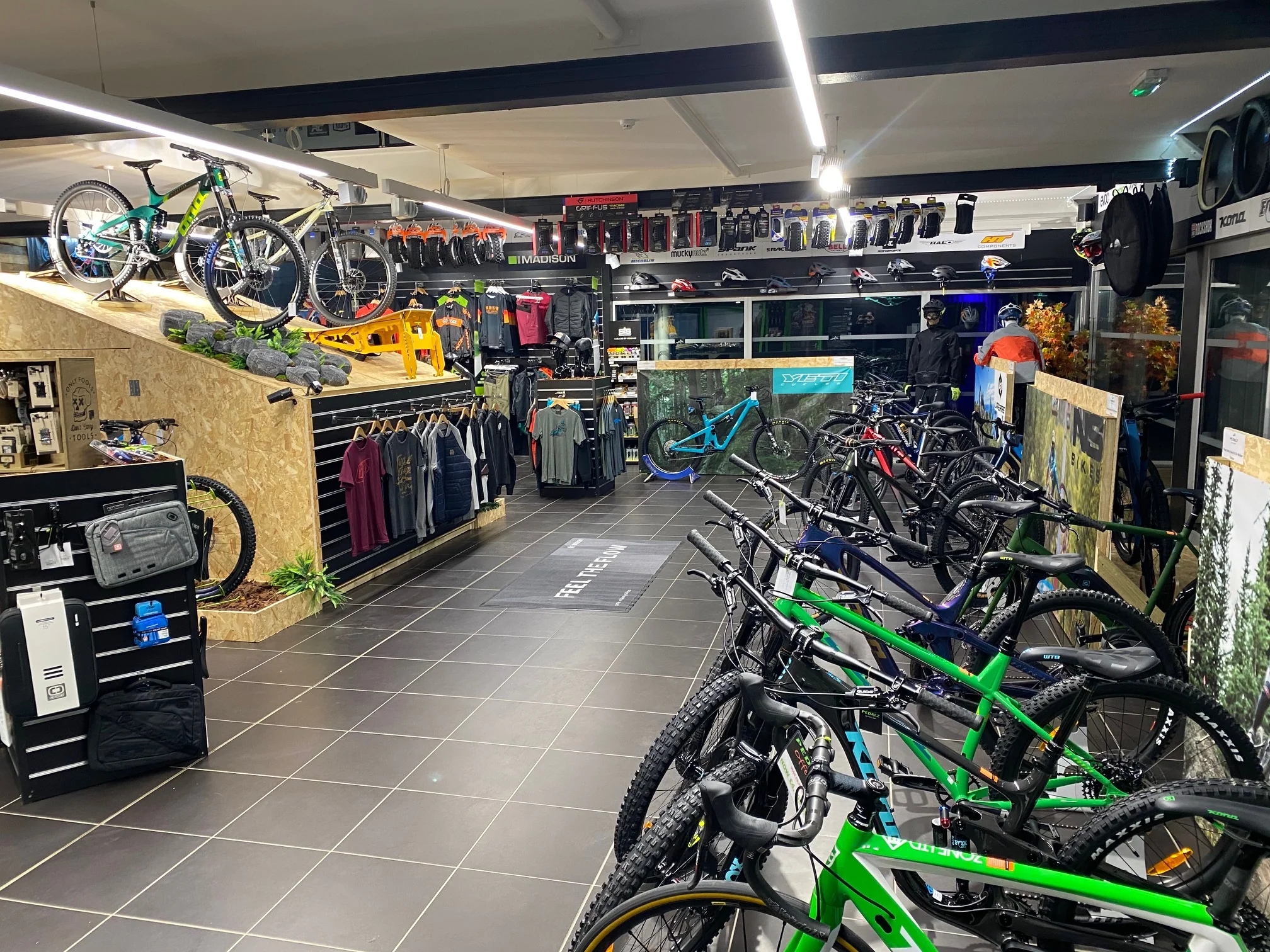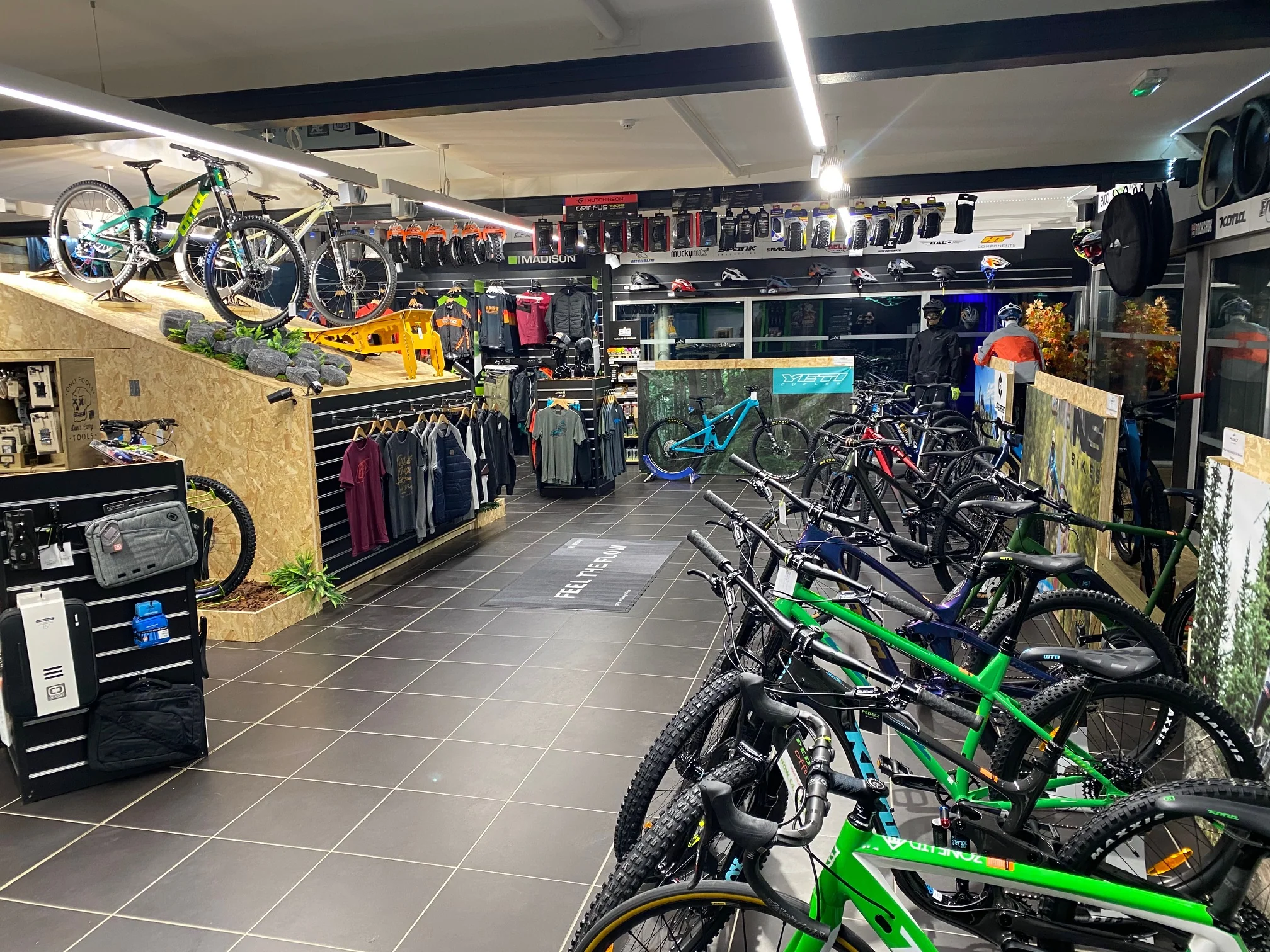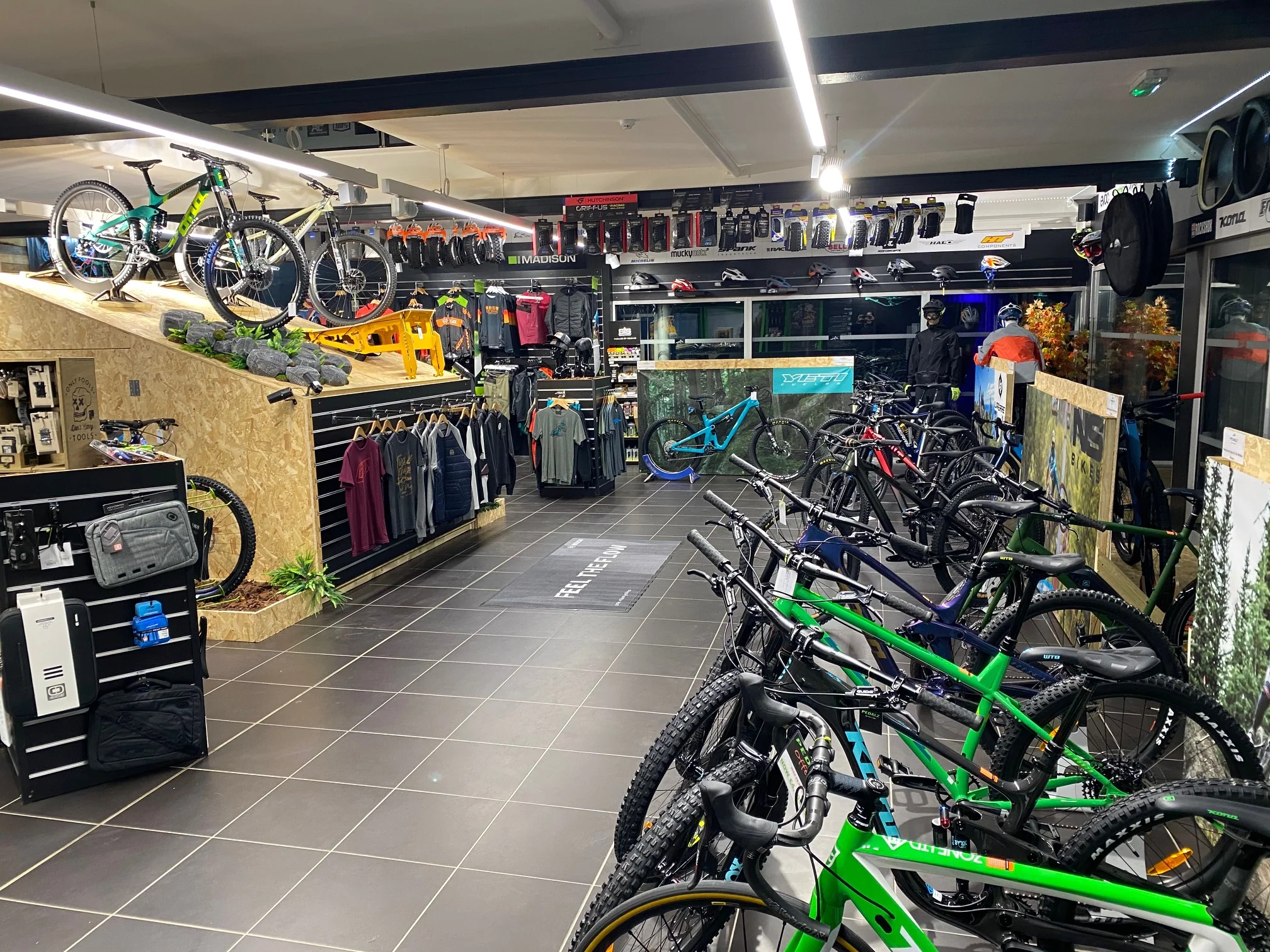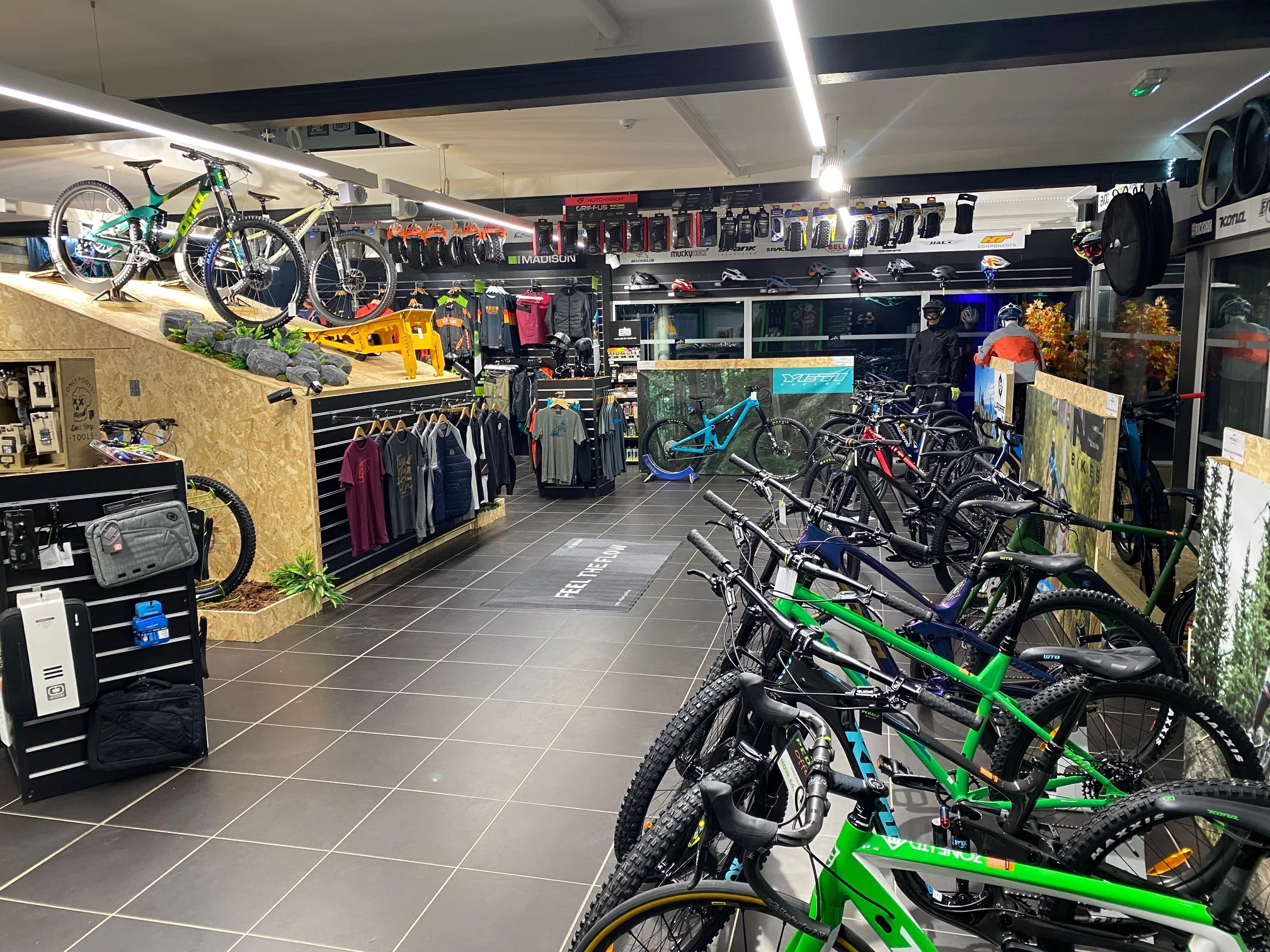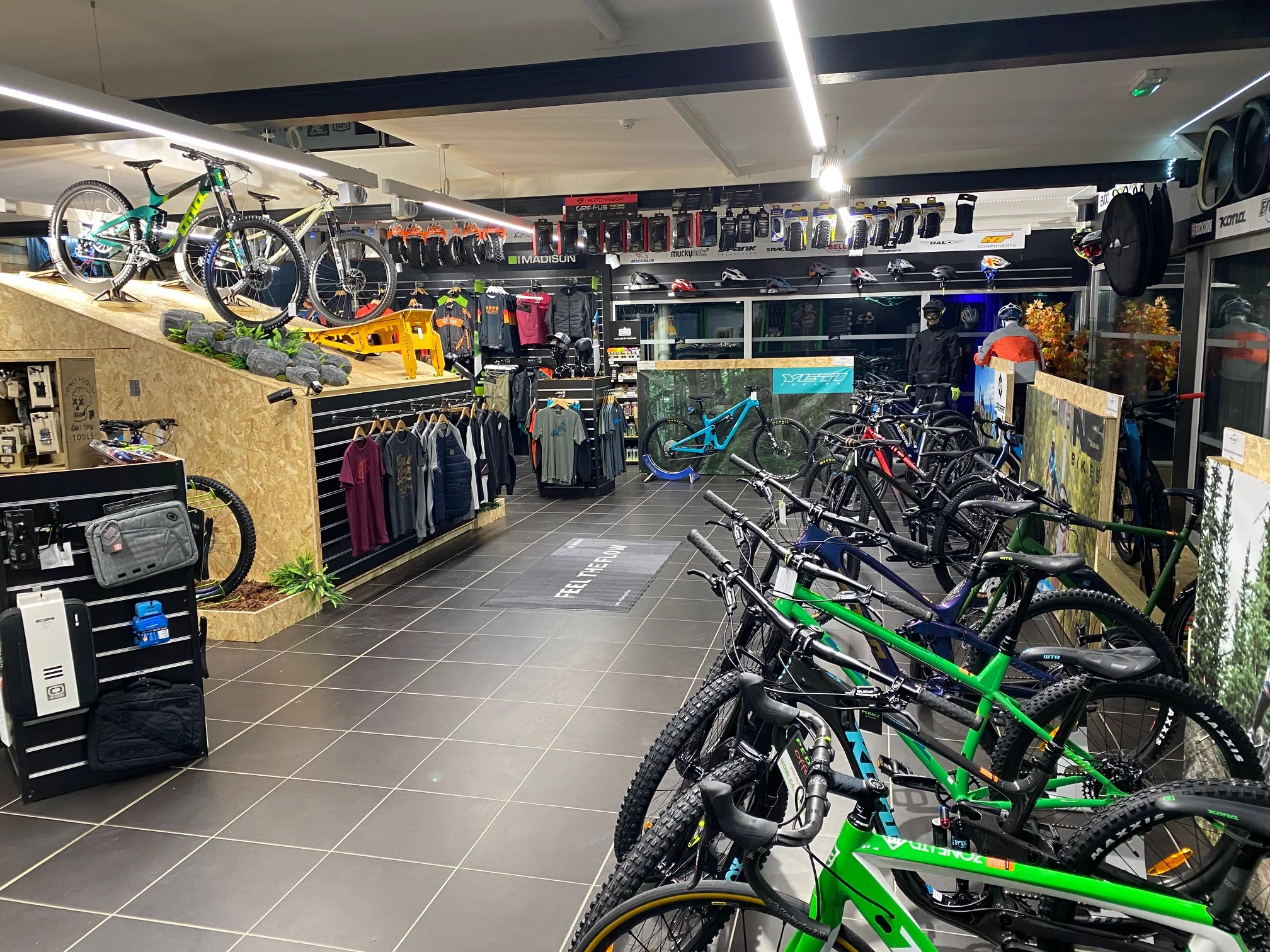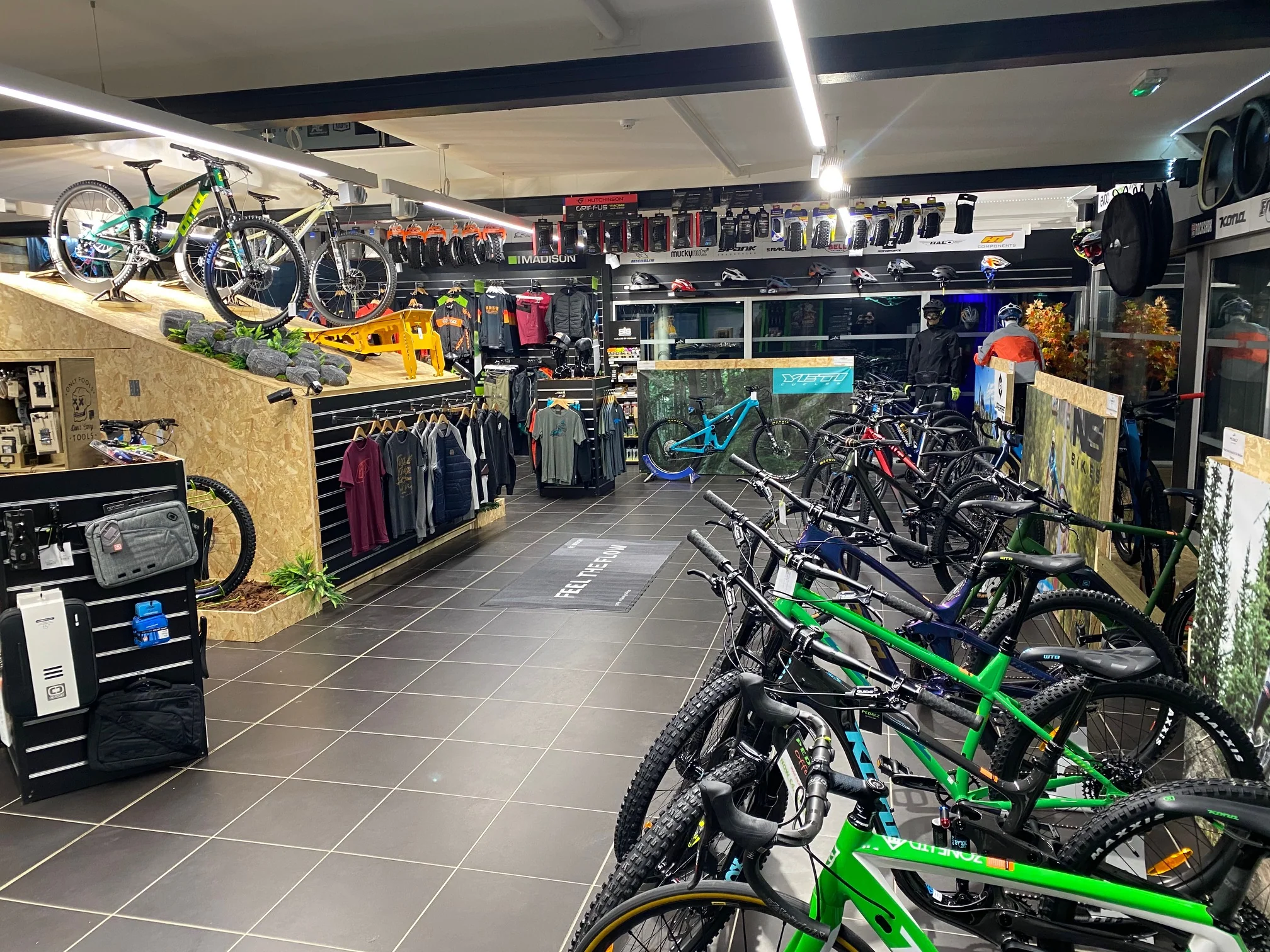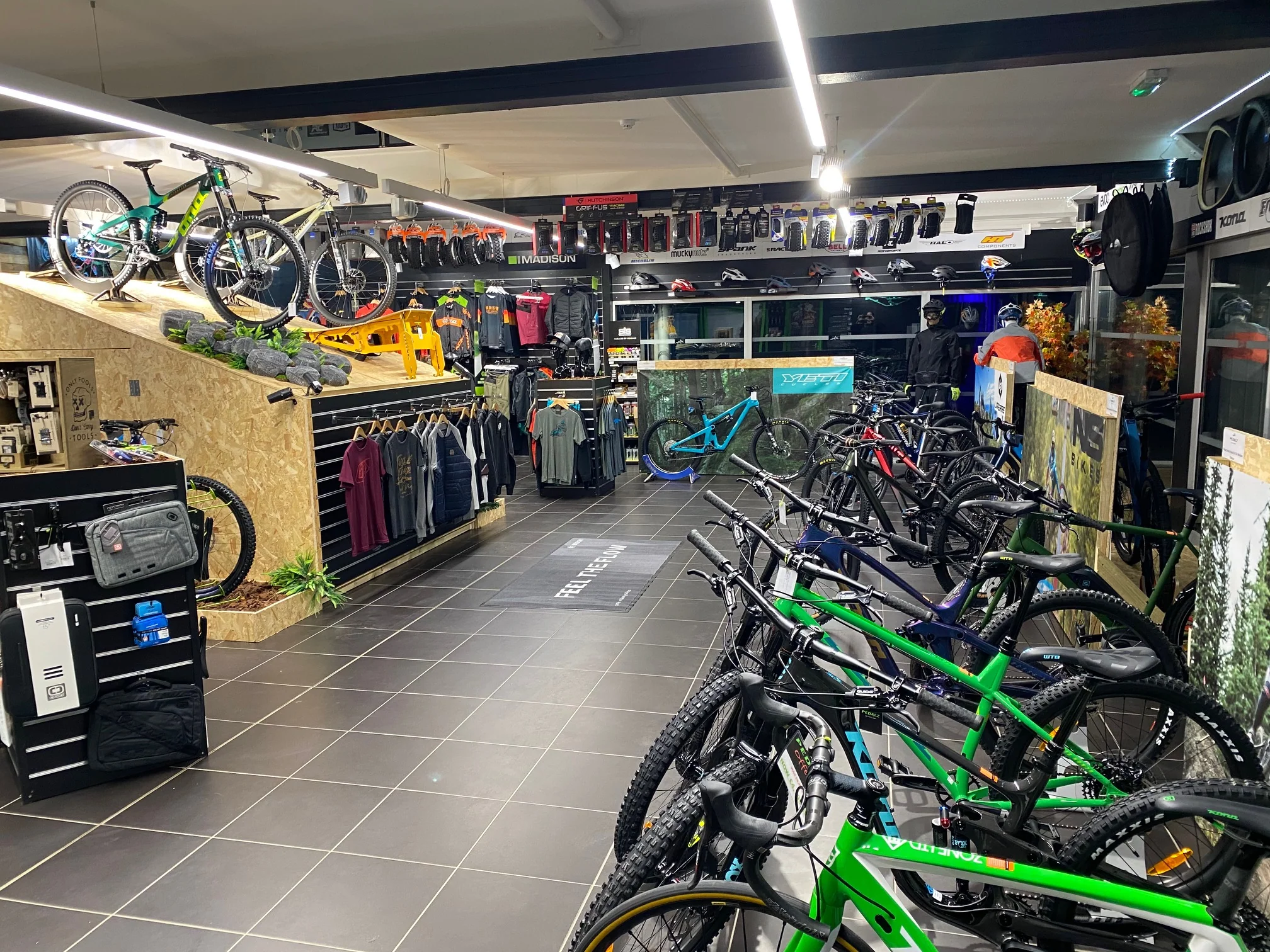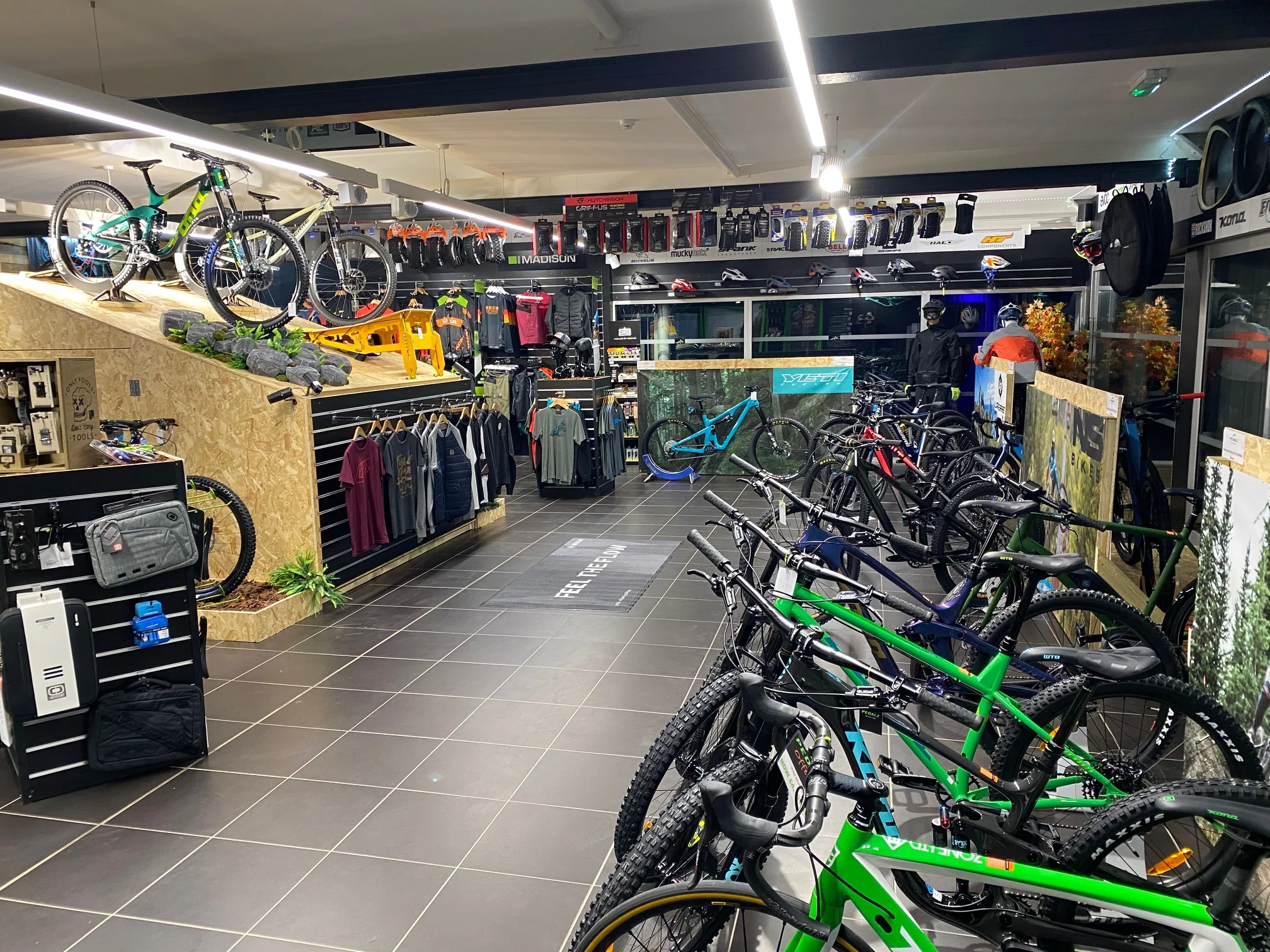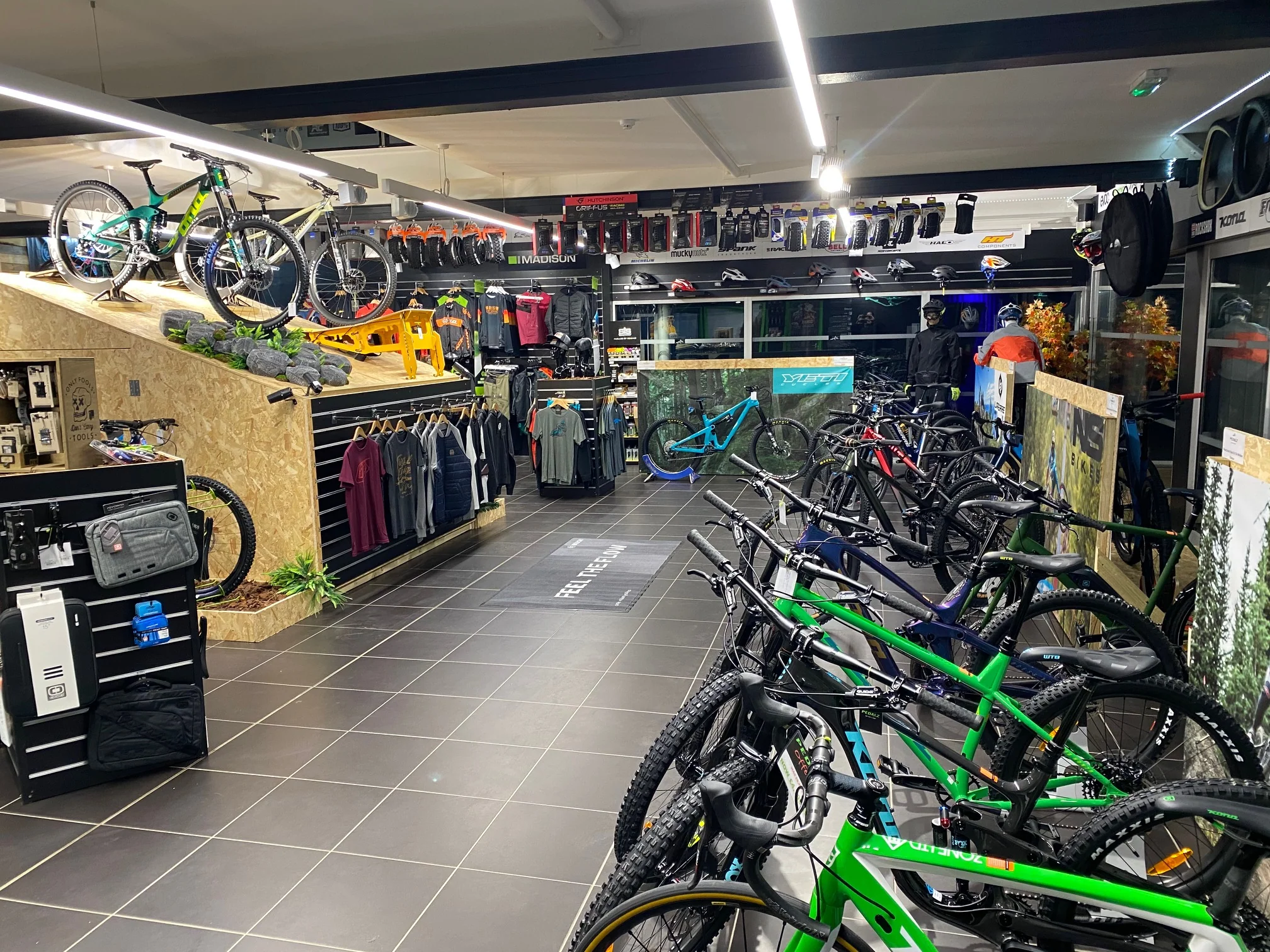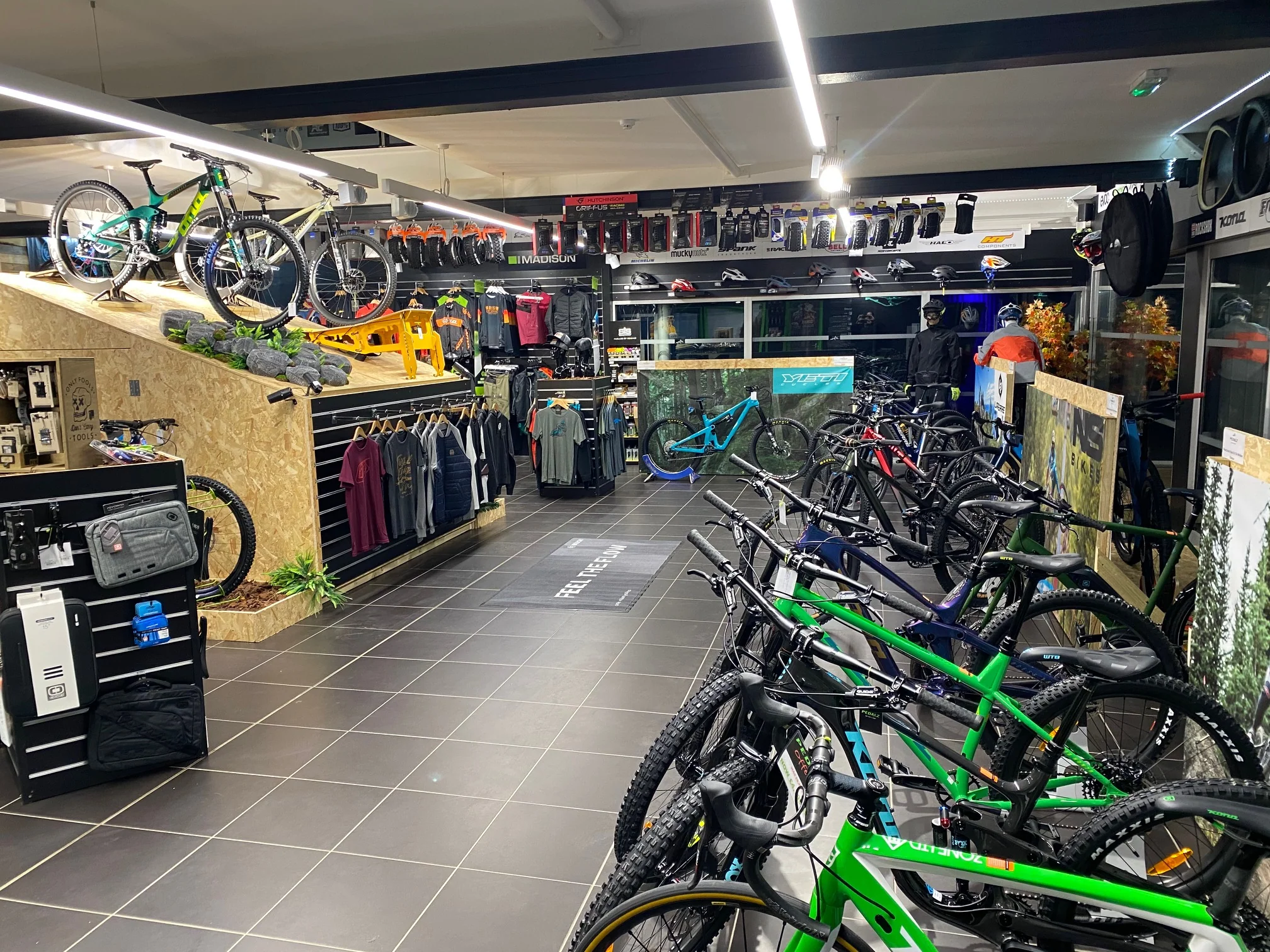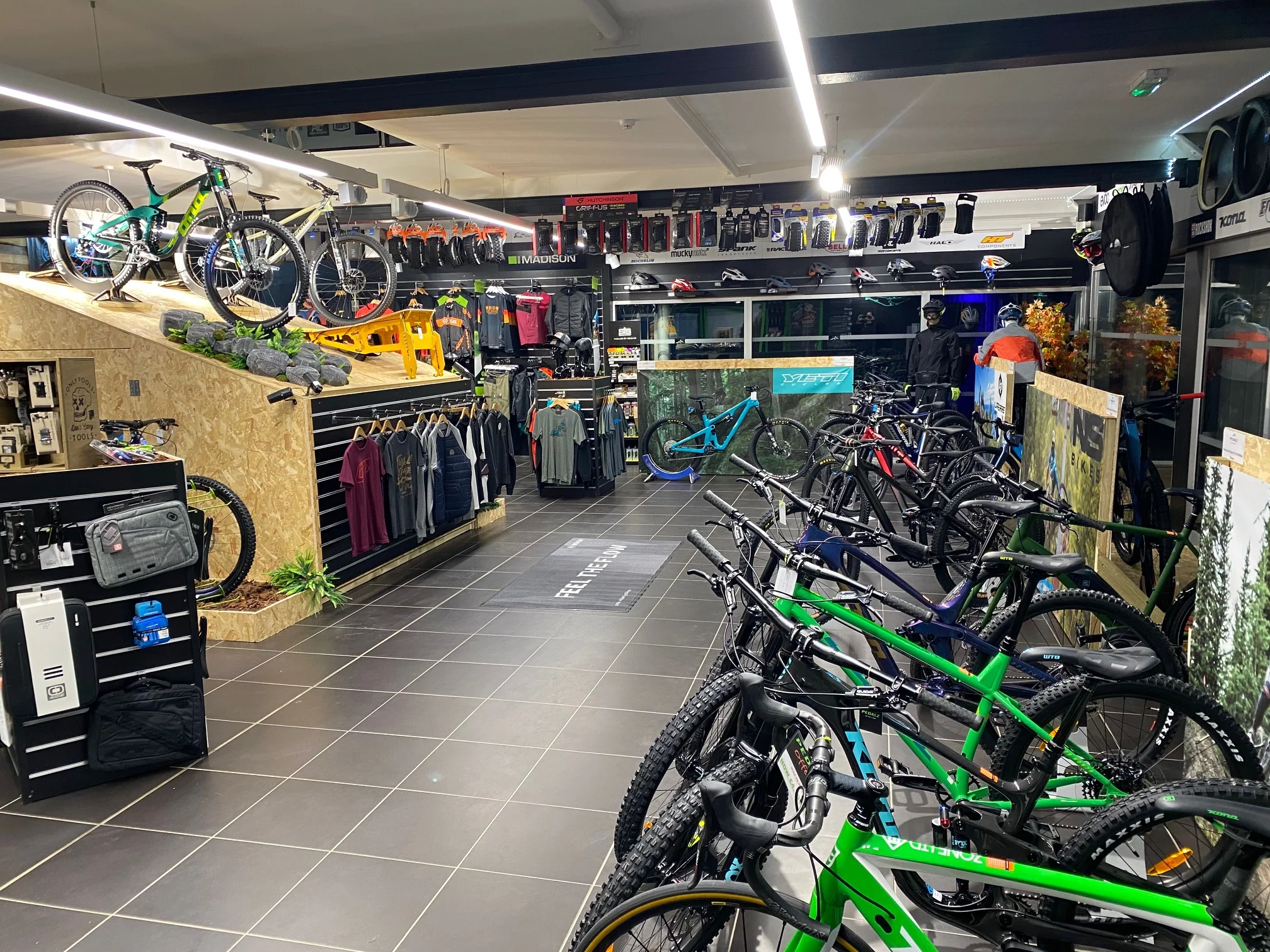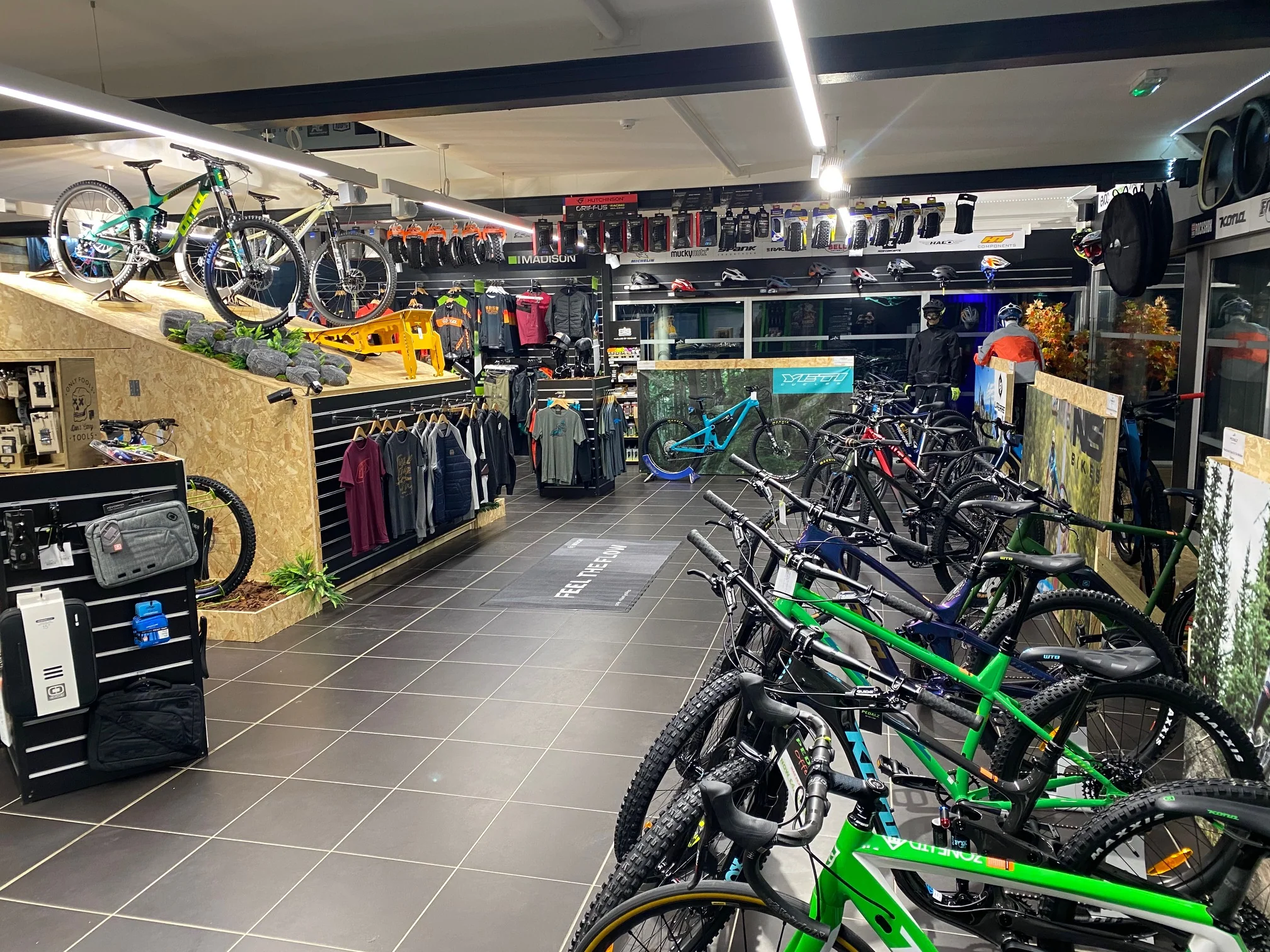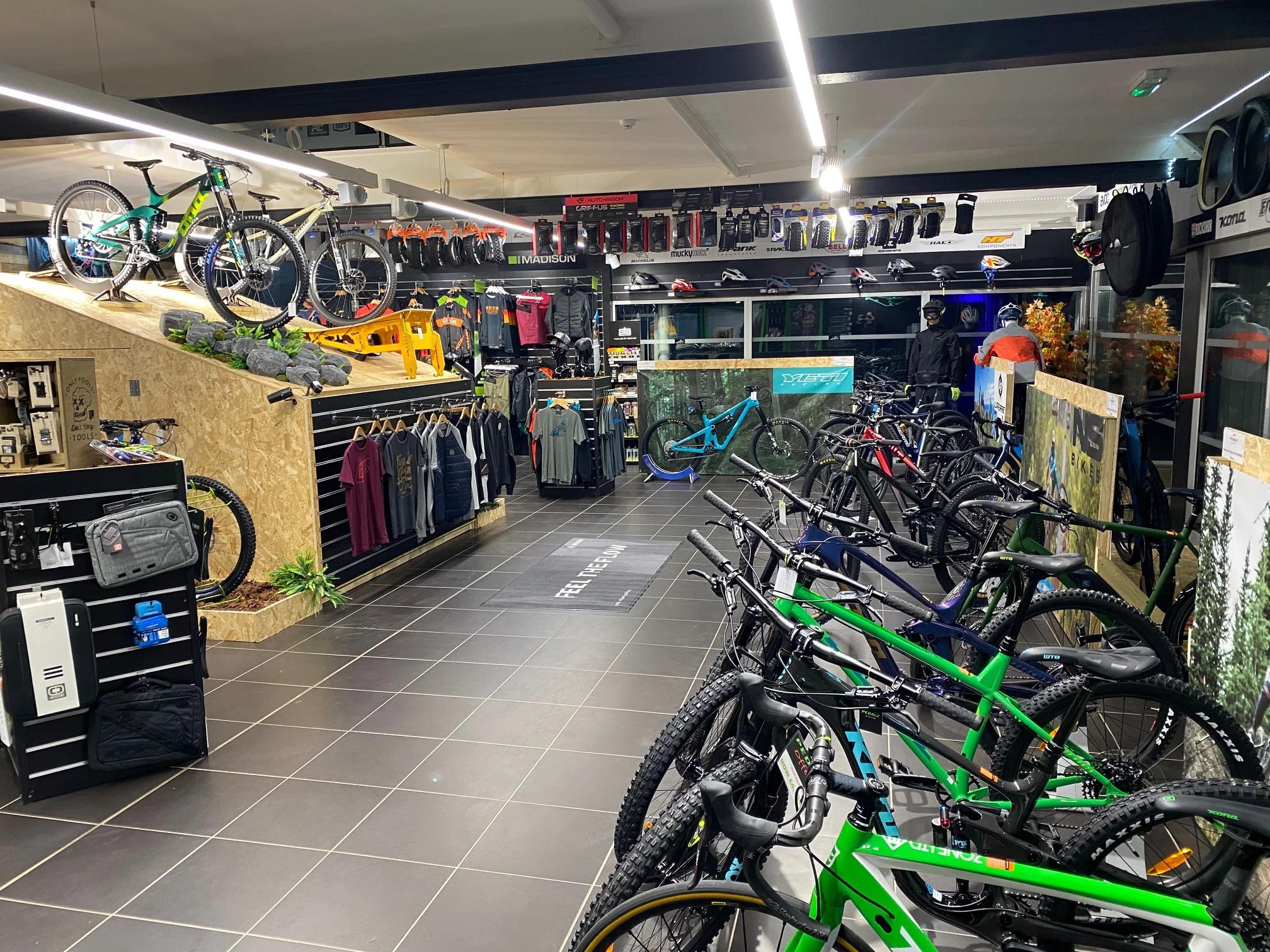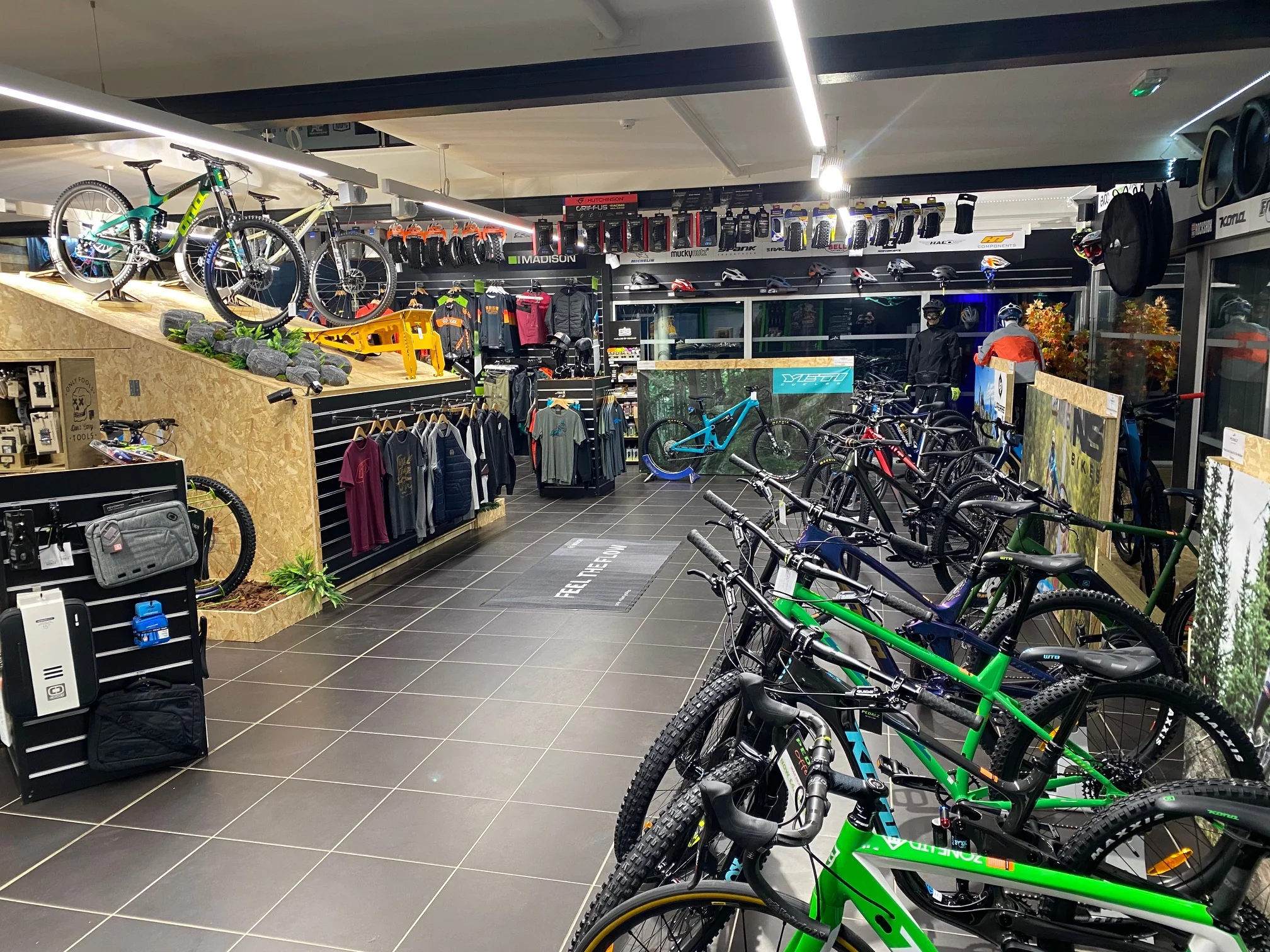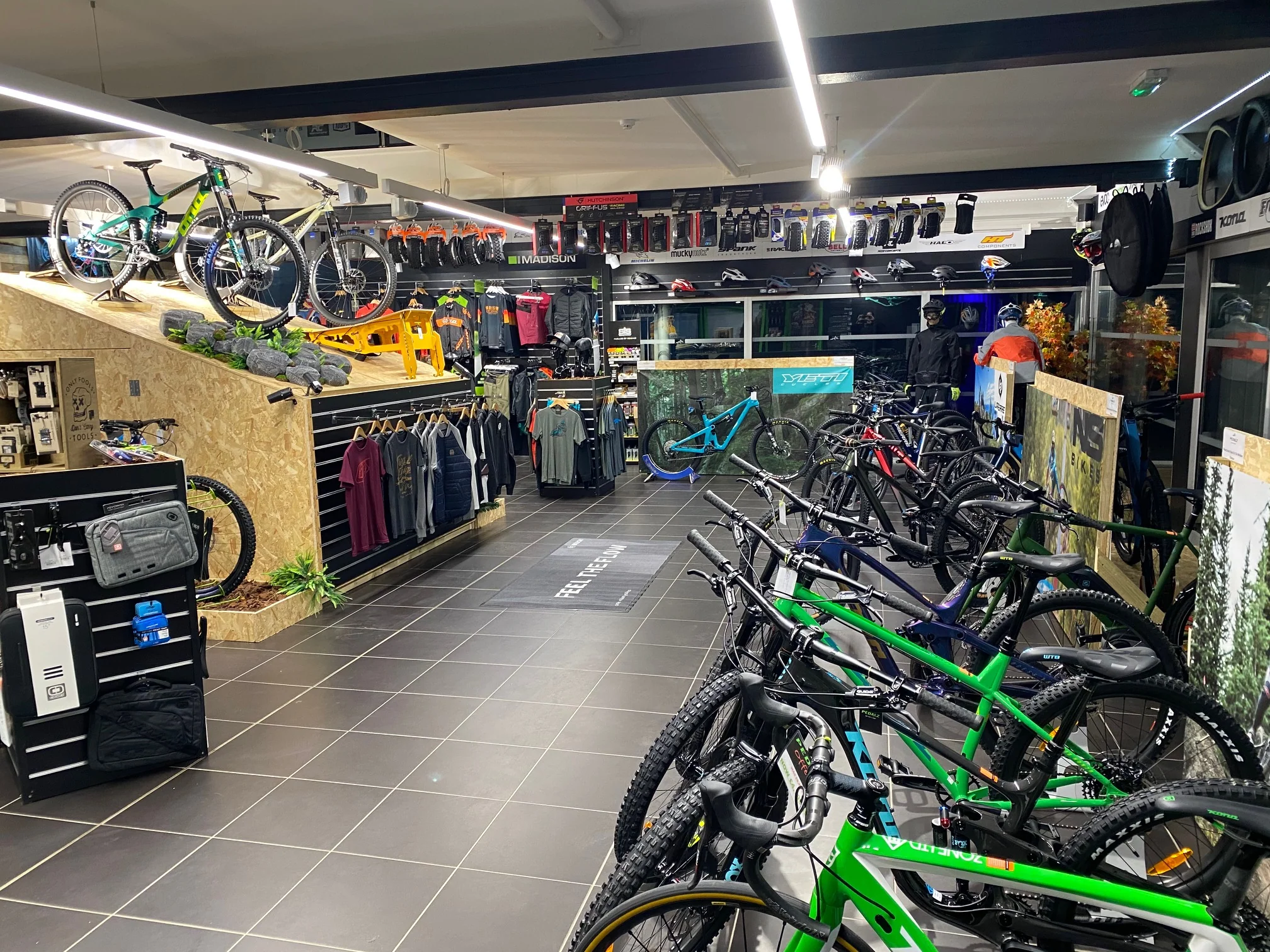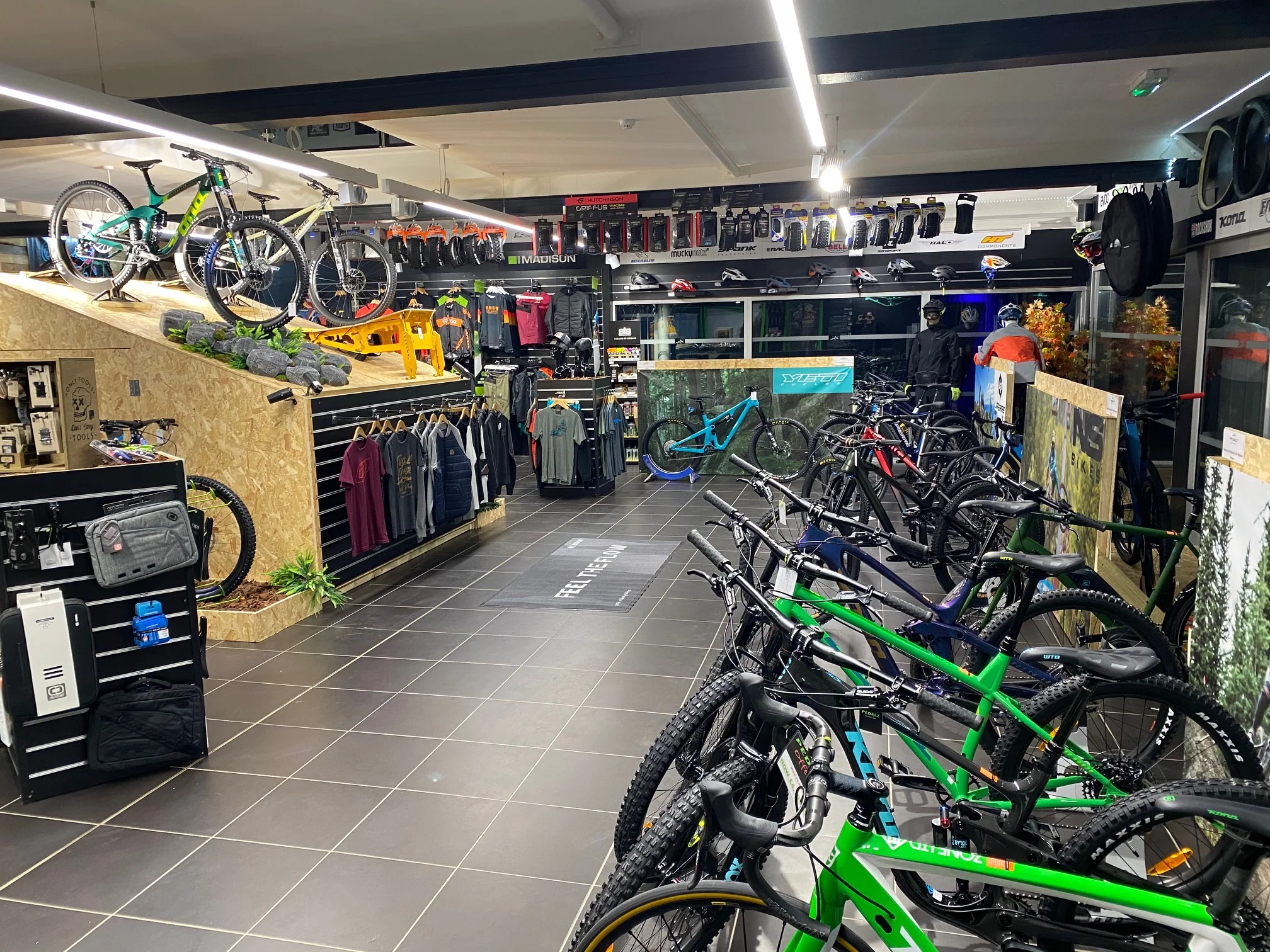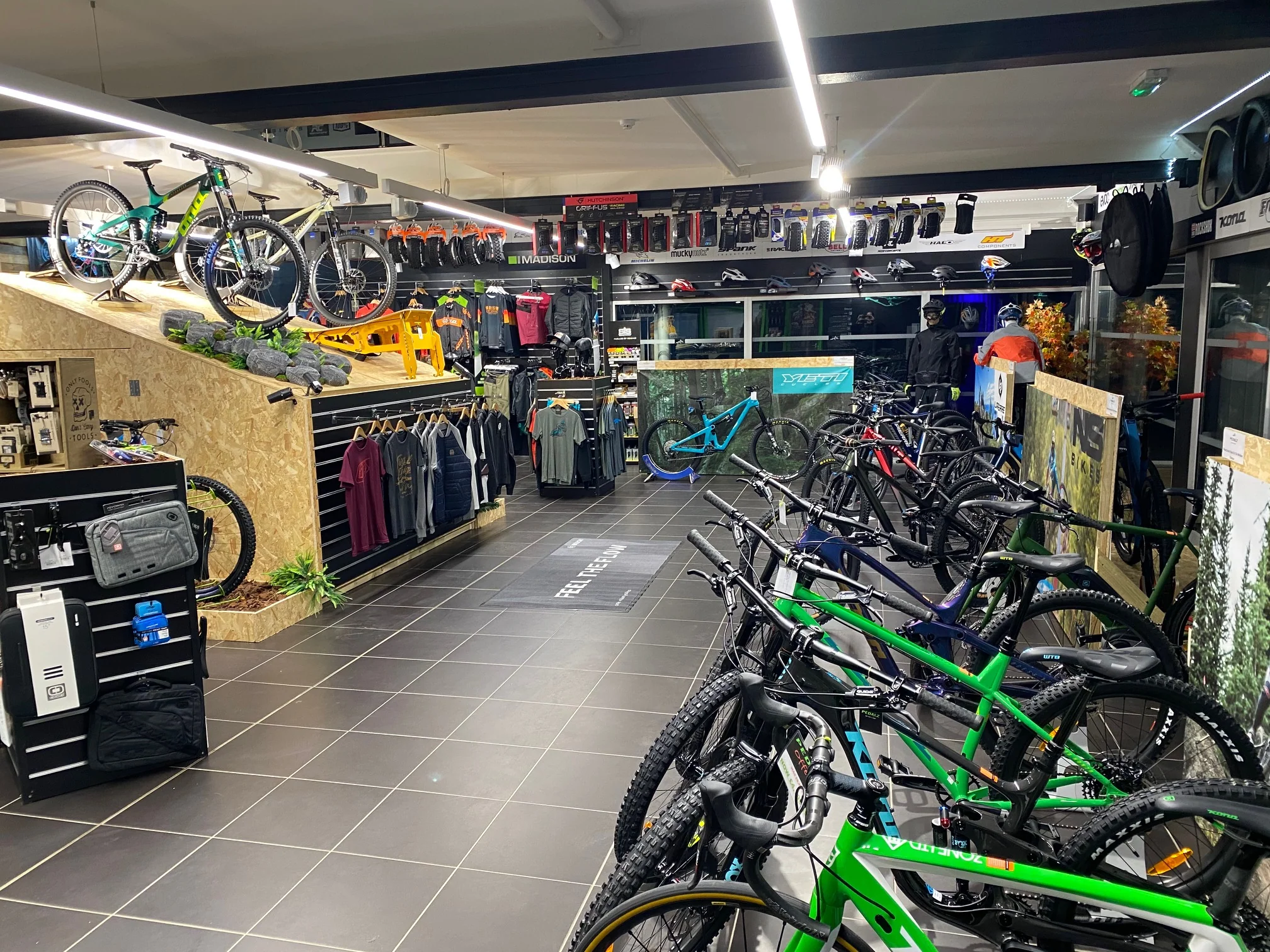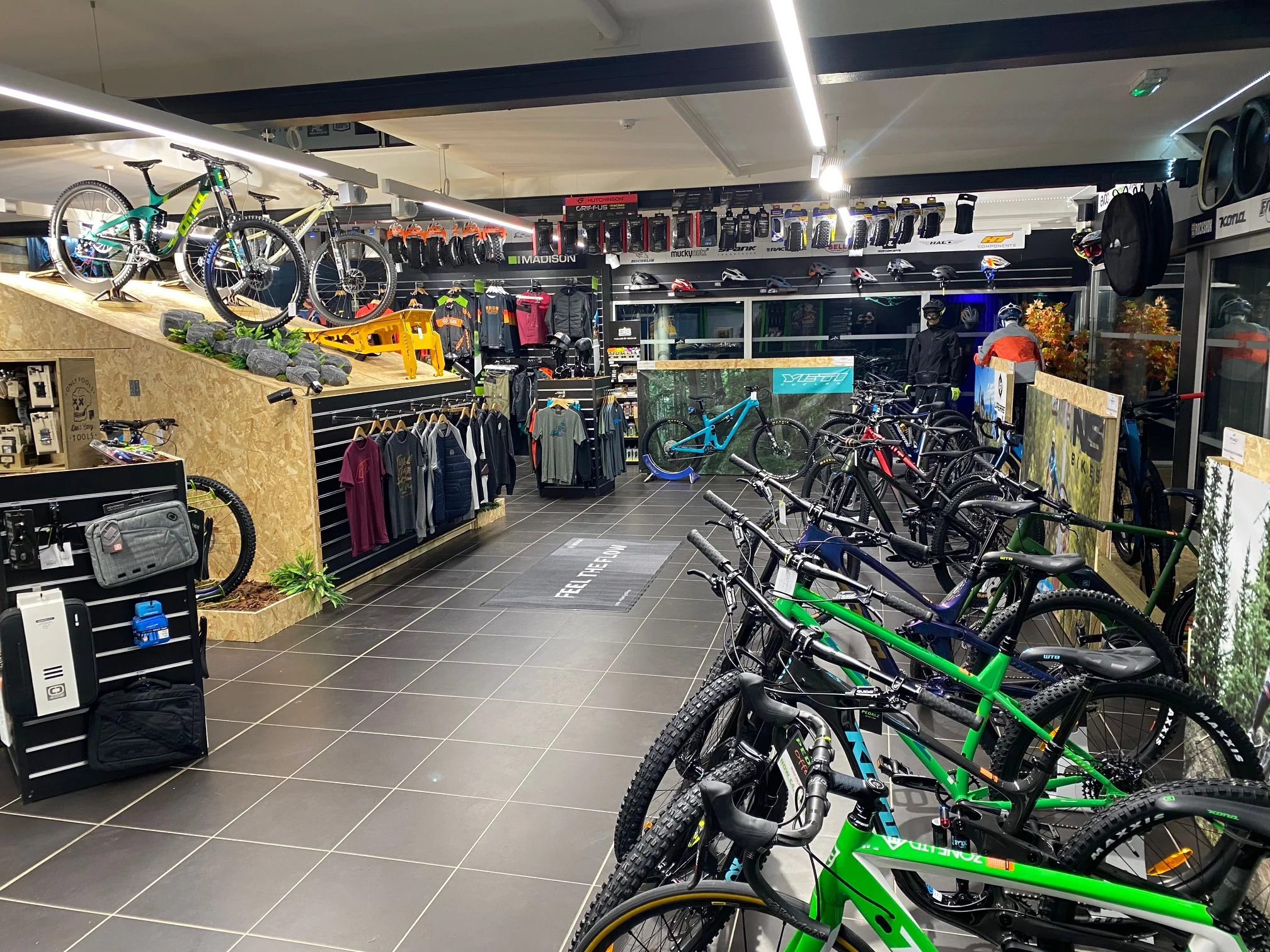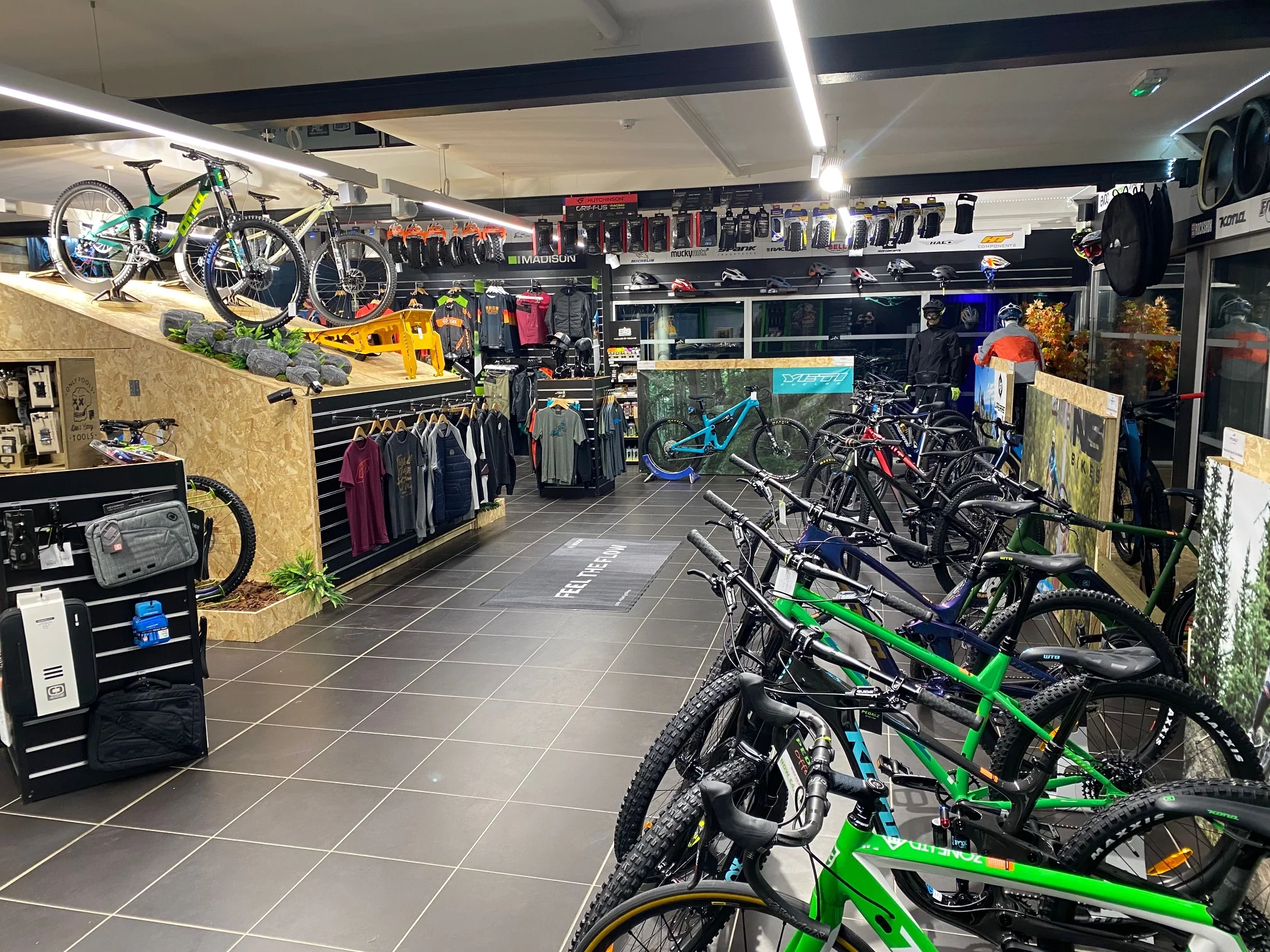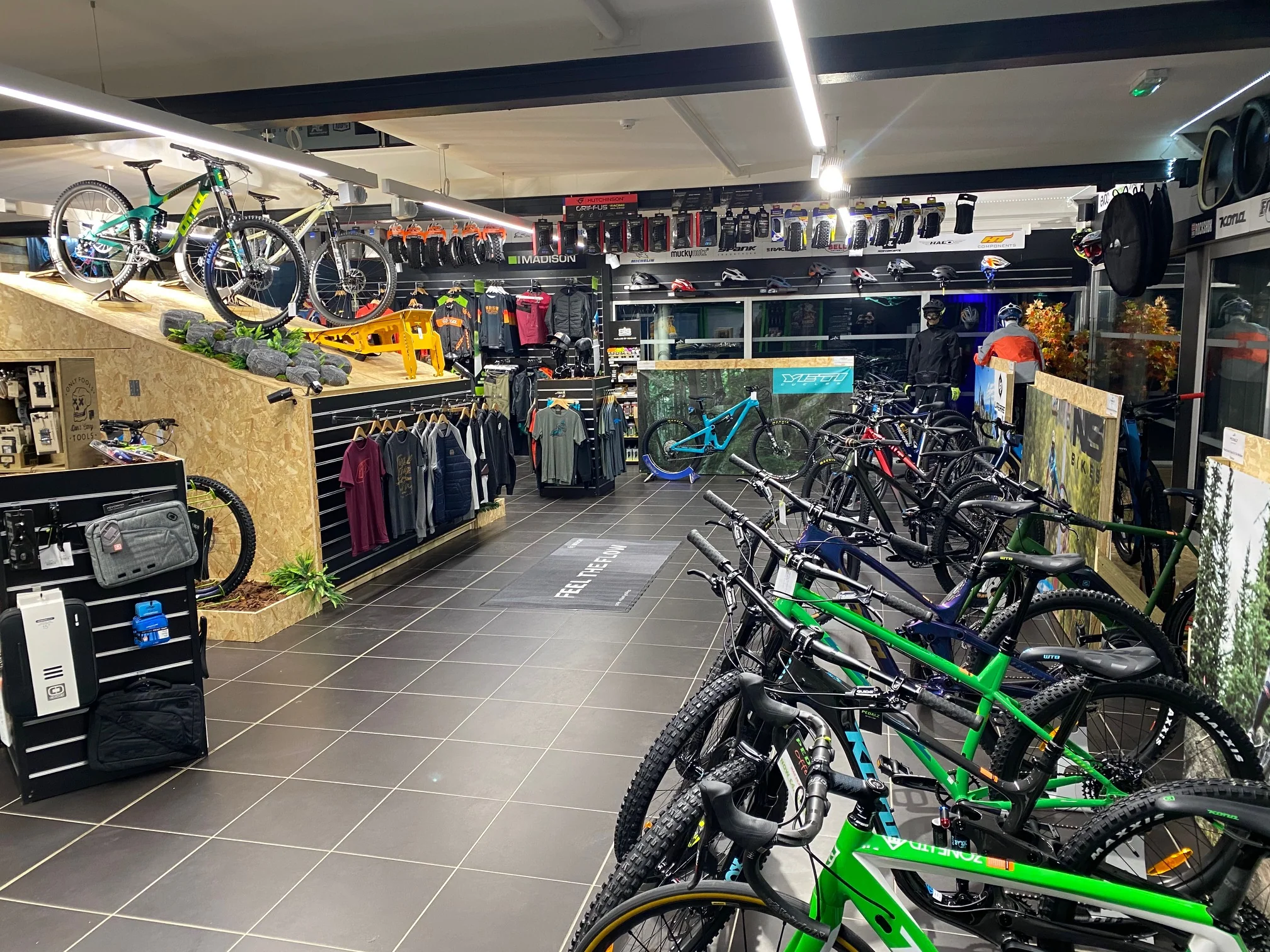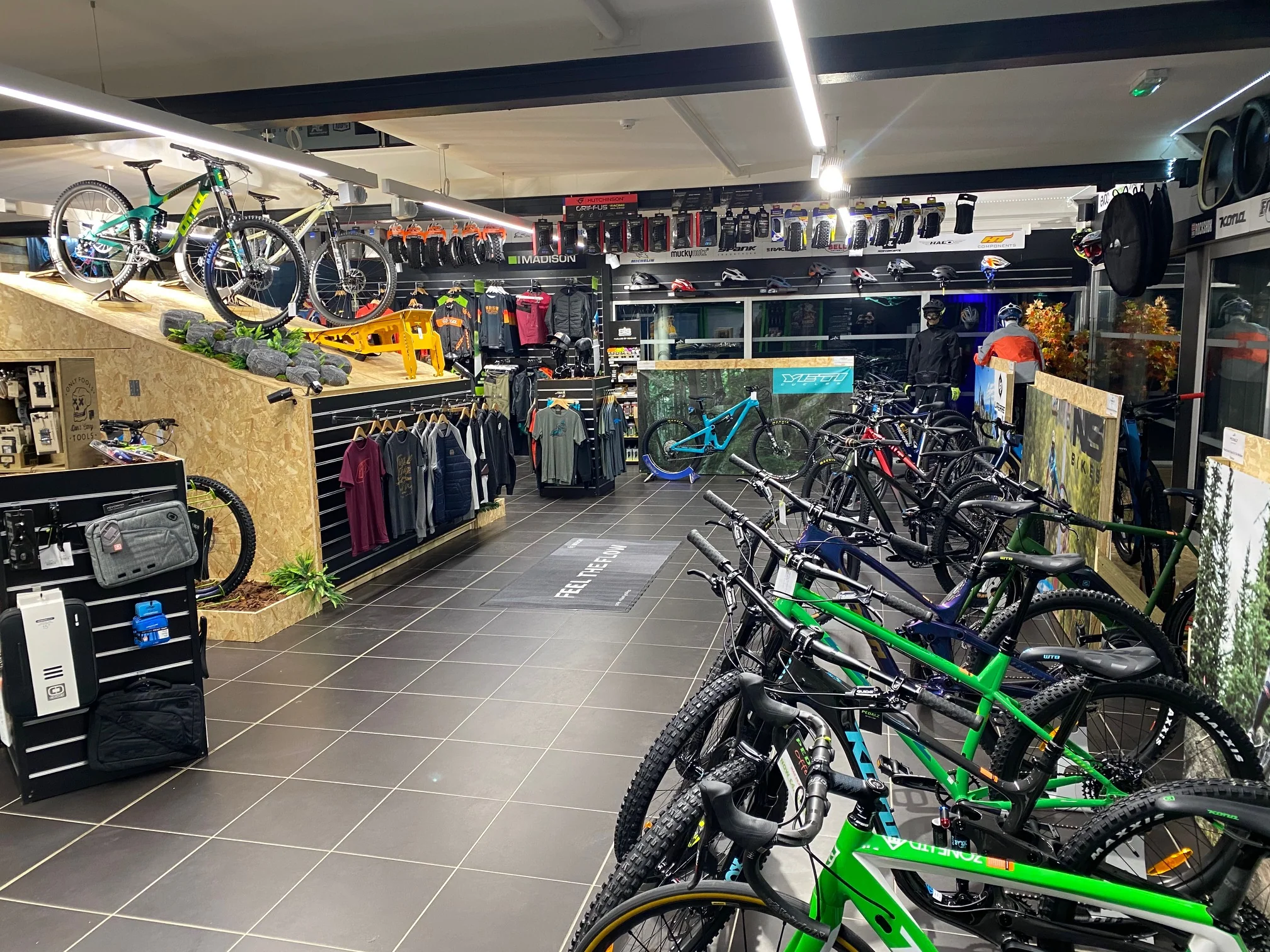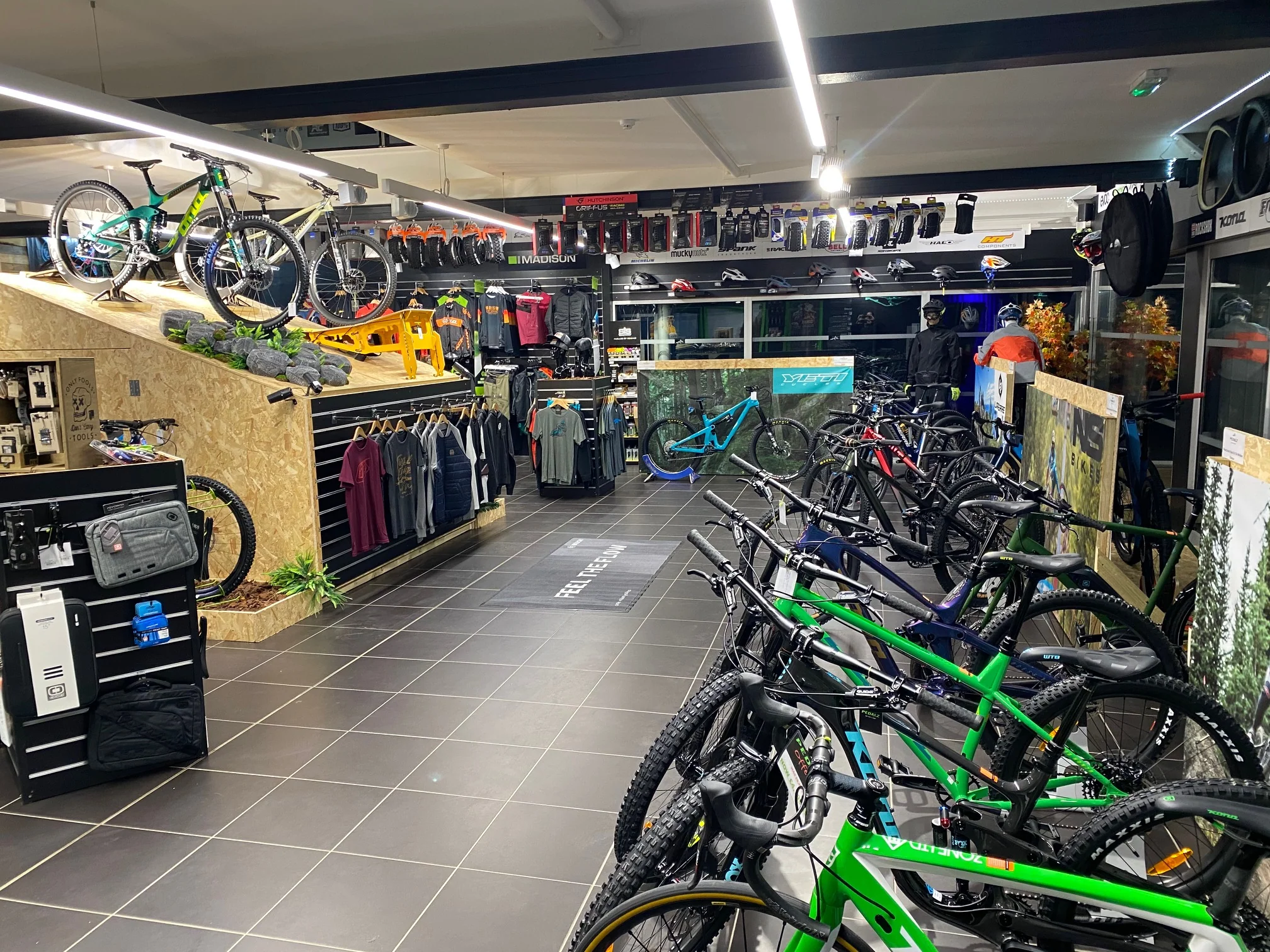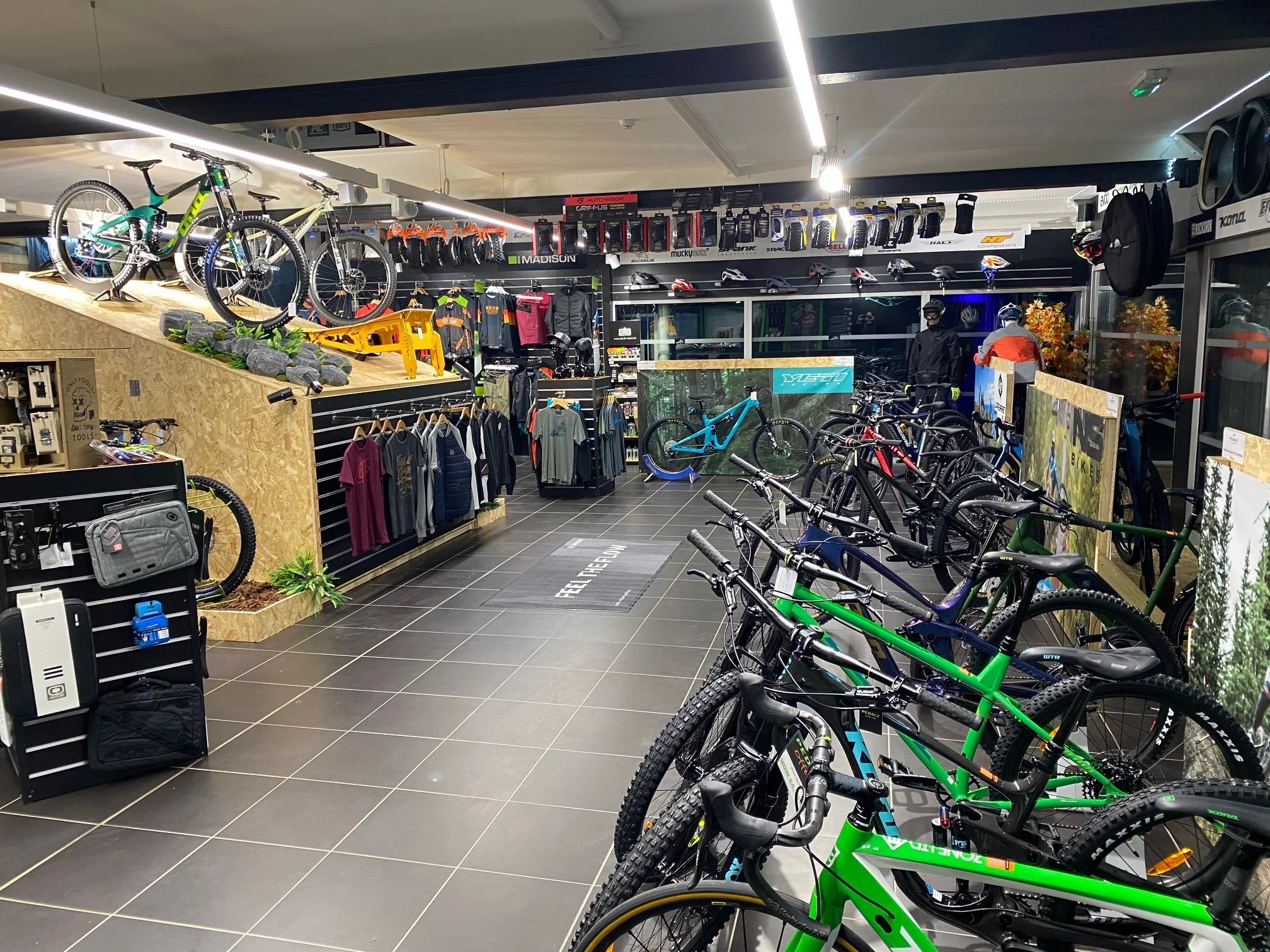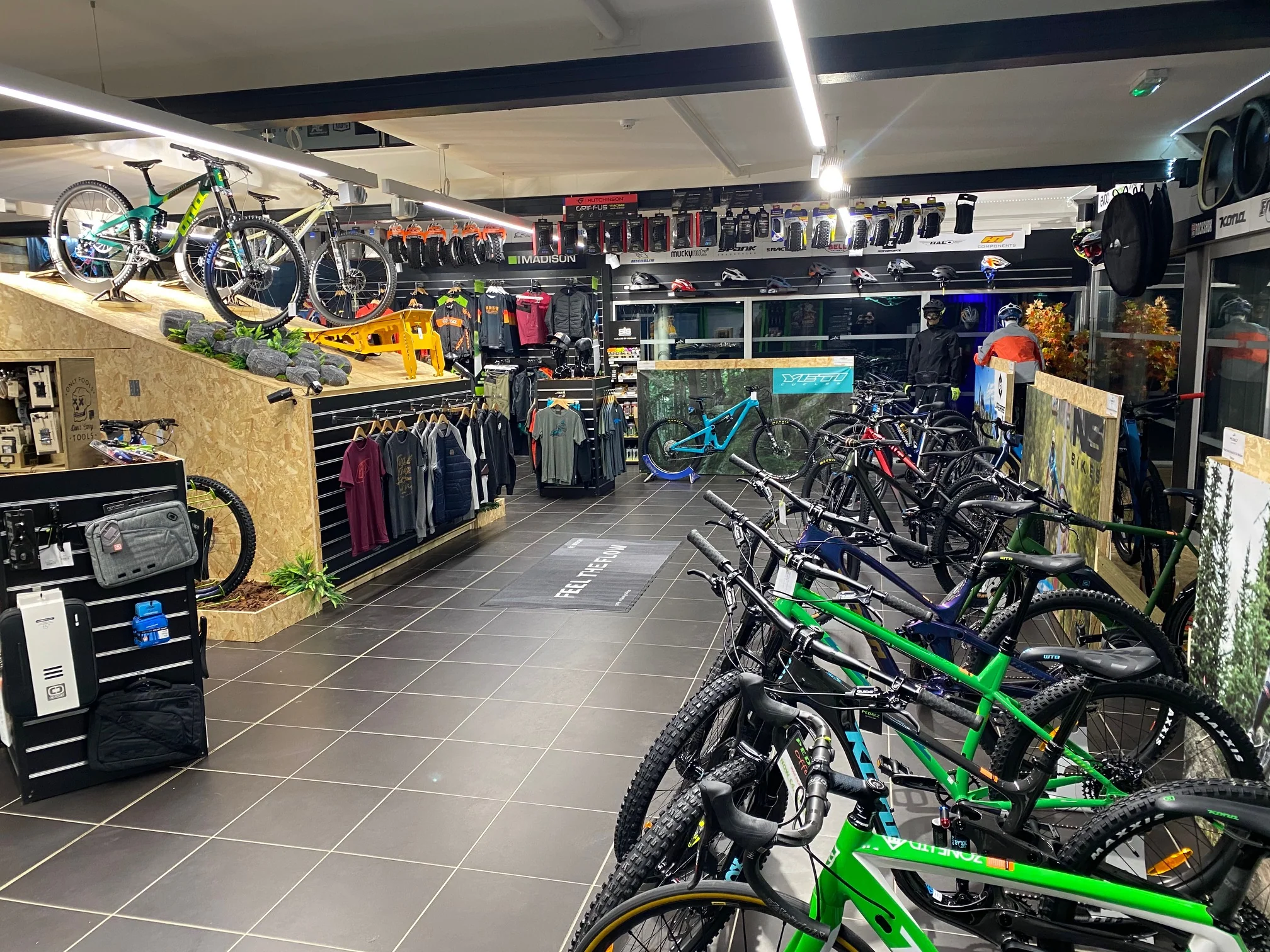Running a bicycle shop involves more than just selling bikes and accessories. From seasonal fluctuations to unexpected disruptions, bicy…
Bicycle Shop Equipment Insurance: Protecting Your Investment in the Cycling Industry
Running a bicycle shop requires significant investment in specialized equipment, from high-end repair tools to expensive diagnostic machinery. Whether you're operating a small independent bike shop or managing a larger cycling retail operation, protecting your equipment through comprehensive insurance coverage is essential for business continuity and financial security.
Understanding Bicycle Shop Equipment Risks
Bicycle shops face unique equipment-related risks that standard business insurance may not adequately cover. Your shop likely contains thousands of pounds worth of specialized tools, diagnostic equipment, bike stands, wheel building machines, and electronic systems. These assets are vulnerable to various threats including theft, fire damage, water damage from burst pipes, electrical surges, and accidental damage during daily operations.
The cycling industry has experienced tremendous growth, with premium bicycles and repair equipment becoming increasingly sophisticated and expensive. Modern bike shops often stock electronic shifting diagnostic tools, hydraulic brake bleeding systems, carbon fiber repair equipment, and computerized wheel building machines that can cost several thousand pounds each.
Types of Equipment Requiring Coverage
Professional bicycle repair equipment encompasses a wide range of specialized tools. Wheel building machines and truing stands are essential for wheel maintenance and can cost between £500-£3000 depending on quality and features. Hydraulic brake bleeding systems, necessary for modern disc brake maintenance, typically range from £200-£800 per system.
Diagnostic equipment for electronic shifting systems like Shimano Di2 or SRAM eTap can cost £300-£1500, while professional bike fitting systems with laser alignment and computer analysis can represent investments of £5000-£15000. Frame alignment tools, essential for accident repair work, often cost £1000-£5000 depending on sophistication.
Workshop infrastructure including professional bike stands, overhead storage systems, compressed air systems, and specialized lighting also represents significant investment requiring protection. Many shops also maintain expensive security systems, CCTV equipment, and electronic point-of-sale systems.
Theft Prevention and Security Requirements
Insurance providers typically require specific security measures for bicycle shop equipment coverage. These may include burglar alarms monitored by approved security companies, CCTV systems with off-site recording, and secure storage for the most valuable equipment.
High-value diagnostic equipment should be stored in locked cabinets or secure areas when not in use. Some insurers require equipment worth over certain thresholds to be individually listed and may mandate specific security grades for different value bands.
Consider the location and visibility of expensive equipment from street view. Items visible through windows may attract unwanted attention, while equipment stored in back workshop areas faces lower theft risk. Document all equipment with photographs, serial numbers, and purchase receipts to facilitate claims processing.
Factors Affecting Premium Costs
Several factors influence bicycle shop equipment insurance premiums. Location plays a significant role, with urban areas typically facing higher theft risks and correspondingly higher premiums. The total value of equipment obviously affects costs, but the concentration of high-value items in small spaces can also impact pricing.
Security measures significantly influence premiums. Shops with comprehensive alarm systems, CCTV coverage, and secure storage often qualify for substantial discounts. Some insurers offer additional discounts for shops that are part of recognized trade associations or maintain specific security certifications.
Claims history affects pricing, both for your specific business and for bicycle retail operations generally in your area. Shops with clean claims records typically enjoy lower premiums, while areas with high bicycle-related crime may face increased costs across the board.
Specialized Considerations for Different Shop Types
Independent bicycle shops often have different insurance needs compared to franchise operations or large retail chains. Independent shops may have more flexibility in choosing specialized coverage but may lack the negotiating power for volume discounts available to larger operations.
Shops specializing in high-end bicycles or custom builds typically maintain more expensive equipment and may require higher coverage limits. Carbon fiber repair equipment, for example, requires specialized training and expensive materials that standard policies might not adequately cover.
Mobile bicycle repair services face additional challenges as equipment regularly travels to customer locations. Standard shop insurance may not cover equipment used off-premises, requiring additional portable equipment coverage or specialized mobile service insurance.
Integration with Broader Business Insurance
Equipment insurance should integrate seamlessly with your broader business insurance portfolio. Public liability insurance protects against customer injuries from faulty equipment, while professional indemnity coverage protects against claims arising from incorrect repairs or advice.
Employers liability insurance becomes crucial if staff members are injured while using shop equipment. Product liability insurance protects against claims if equipment failures lead to bicycle malfunctions that cause customer injuries.
Business interruption insurance should account for equipment replacement time. If specialized diagnostic equipment fails, you may need to refer customers elsewhere or delay repairs, impacting revenue beyond just the equipment replacement cost.
Claims Process and Documentation
Proper documentation is essential for successful equipment insurance claims. Maintain detailed inventories including purchase dates, serial numbers, model numbers, and current replacement costs. Regular inventory updates ensure coverage limits remain adequate as you acquire new equipment.
Photograph all equipment and store images securely off-site. Include close-ups of serial numbers and any unique identifying features. For expensive items, consider professional appraisals to establish replacement values.
In the event of a claim, notify your insurer immediately and preserve the scene if possible. For theft claims, report to police promptly and obtain crime reference numbers. For damage claims, document the extent of damage thoroughly before beginning any cleanup or repairs.
Emerging Risks and Future Considerations
The bicycle industry continues evolving rapidly, with new technologies creating both opportunities and insurance challenges. Electric bicycle diagnostic equipment, for example, requires specialized knowledge and expensive tools that traditional bicycle mechanics may not possess.
Cyber risks are increasing as shops adopt electronic point-of-sale systems, customer databases, and internet-connected diagnostic equipment. Consider whether your equipment insurance includes cyber liability coverage or if separate cyber insurance is necessary.
Supply chain disruptions can affect equipment replacement times, making business interruption coverage increasingly important. Recent global events have demonstrated how equipment shortages can impact business operations for extended periods.
Choosing the Right Insurance Provider
Select insurers with experience in bicycle retail and repair operations. Providers familiar with the industry better understand your specific risks and coverage needs. Look for insurers offering flexible coverage options that can adapt as your equipment inventory changes.
Consider the insurer's claims handling reputation, particularly for equipment claims. Quick claims processing and fair settlements are crucial when expensive diagnostic equipment needs replacement during busy periods.
Evaluate whether the insurer offers risk management services or loss prevention advice specific to bicycle retail operations. Some providers offer security assessments, staff training, or equipment maintenance guidance that can help prevent losses.
Cost-Benefit Analysis
While equipment insurance represents an ongoing expense, the cost of replacing specialized bicycle shop equipment without insurance can be devastating. A comprehensive diagnostic system replacement might cost £10,000-£20,000, while a complete workshop re-equipment could exceed £50,000.
Consider the impact on your business if key equipment became unavailable. During peak cycling seasons, equipment downtime can result in lost revenue far exceeding insurance premiums. The peace of mind that comes with comprehensive coverage allows you to focus on serving customers rather than worrying about potential equipment losses.
Regular policy reviews ensure coverage remains adequate as your equipment inventory grows and evolves. Annual discussions with your insurance provider help identify coverage gaps and ensure you're receiving appropriate discounts for security improvements or claims-free periods.
Conclusion
Bicycle shop equipment insurance is a critical component of comprehensive business protection. The specialized nature of bicycle repair and retail equipment requires tailored coverage that standard business insurance may not provide. By understanding your specific risks, implementing appropriate security measures, and working with experienced insurance providers, you can protect your equipment investment while maintaining the flexibility to grow and adapt your business.
The cycling industry's continued growth and technological advancement make equipment protection increasingly important. Whether you're just starting your bicycle shop or expanding an established operation, comprehensive equipment insurance provides the foundation for long-term business success and customer service excellence.


 0330 127 2333
0330 127 2333
